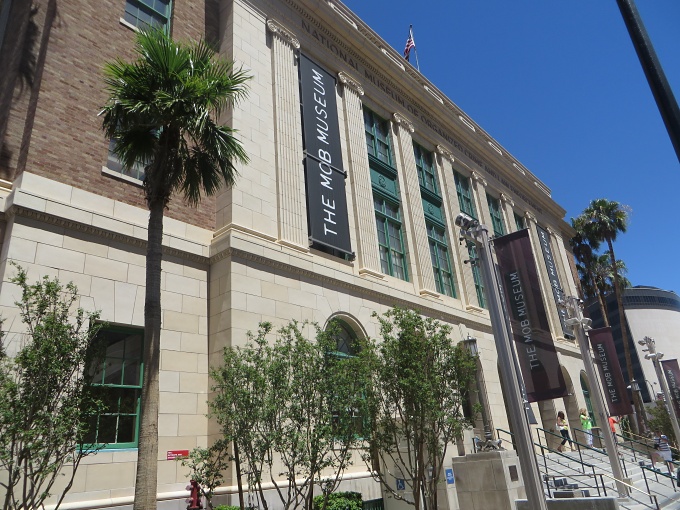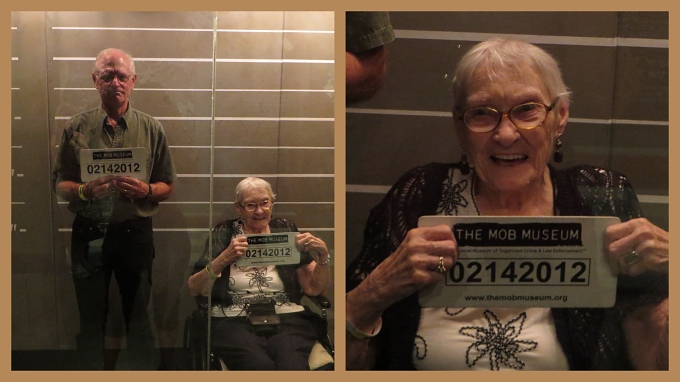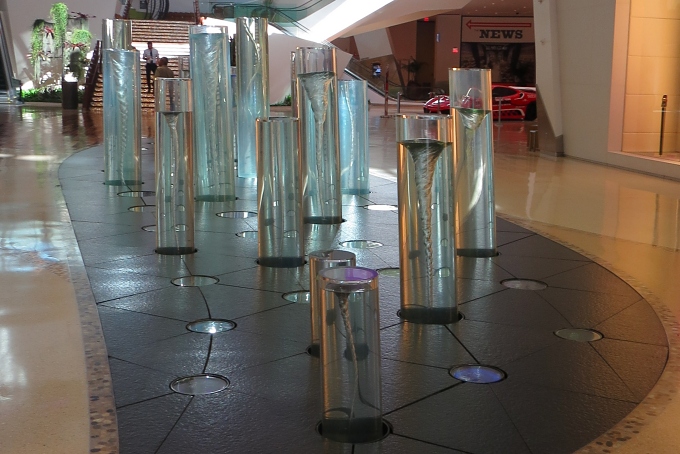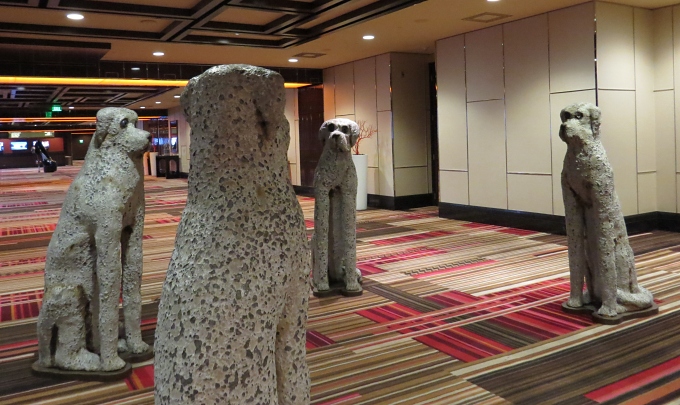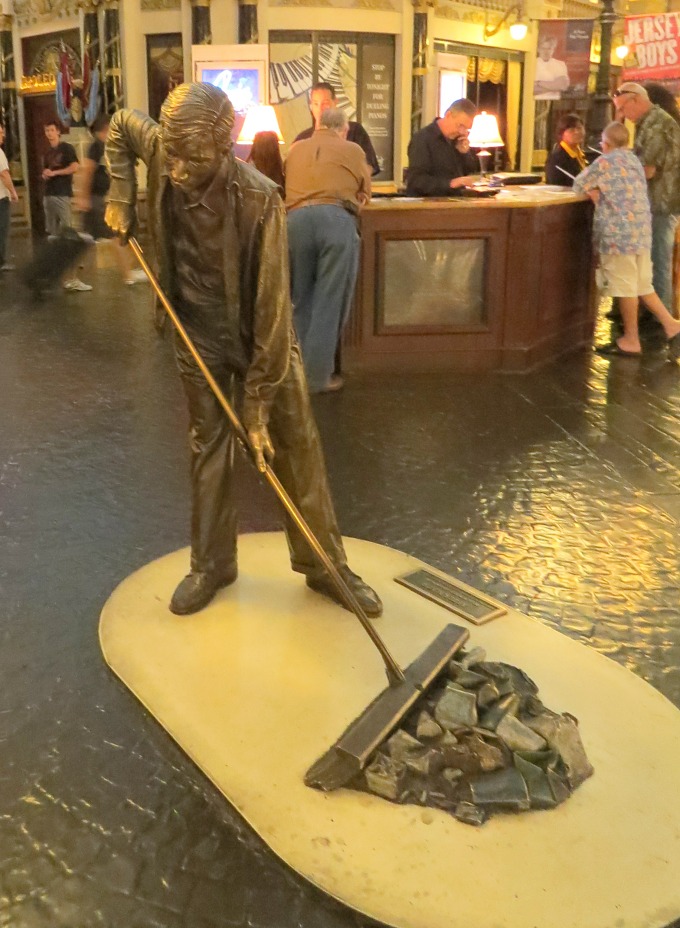Las Vegas Facts and Trivia
/As you've probably guessed, I enjoy collecting pieces of trivia … those tiny, insignificant, but true, interesting, little factoids that make you think “wow!” or sometimes “So what!”. I've been gathering trivial pieces of possibly useless information about Las Vegas and (yes, you guessed it), I'm about to share them with you. They're fun, easy and don't take up any room.
Las Vegas (Spanish for “the meadows”) was named in 1829 by a young Spanish scout, Rafael Rivera, who is credited as the first European to encounter this valley which featured abundant wild grasses and fresh spring waters, a respite for weary travelers in the Mojave Desert.
Before the hotels, casinos and gambling, there were tent saloons like the Arizona Club and the Gem Saloon back in 1905.
The first licensed casino to be built in the area was the Pair-o-Dice Club in 1931, but the first on what is currently the Strip was the El Rancho Vegas, which opened in 1941. With 63 rooms, it stood for almost 20 years before being destroyed by a fire in 1960. There are currently 1700+ gambling venues licensed in Las Vegas which generate in excess of $9 billion in annual state gaming revenue.
Let's dispel a myth. Prostitution is NOT legal in Las Vegas, but “strictly regulated brothels” are legal in eight rural Nevada counties. As of 2013, there are 19 licensed brothels in the state.
Benjamin “Bugsy” Siegel named his casino “The Flamingo” after the long legs of his girlfriend, Virgina Hill. The Flamingo Hotel & Casino opened in 1946 at a cost of $6 million. It's the oldest resort casino on the Strip still in operation today.
Howard Hughes overstayed his reservation at the Desert Inn for so long that he was asked to leave to accommodate other guests' reservations. He bought the hotel.
There was an average of 220 no-wait weddings performed in Las Vegas each day in 2013 at its 50+ wedding chapels and 500+ churches. That's down, by the way, from 315/day a few years ago. It's also a cheap place to get a divorce with the cost of filing at $289.
There are no clocks in Las Vegas gambling casinos. It increases the sense of freedom, a disconnect from reality and thus, increases the dollars spent gambling. Likewise, there are no windows, so you can't tell if it's day or night.
In 1899 Charles Fey invented a slot machine named the Liberty Bell. The device became the model for all slots to follow. There are ~200,000 slot machines in greater Las Vegas and a metro population of about 2 million. That's 1 slot machine for every 10 people. By the way, slots typically earn 60% or more of a casino's earnings.
There's ~ 15,000 miles of lighted neon tubing on the Strip and Downtown Las Vegas. Circus Circus' Lucky Clown marquee has about ¾ mile of neon tubing all by itself.
The Strip is technically not in Las Vegas, but just south of it in the unincorporated towns of Paradise and Winchester. You need to walk to the Stratosphere to actually be in Las Vegas.
The Stratosphere Hotel tower, at 1,149' (350.2m), is the tallest observation tower in the USA.
And a few Nevada facts:
-
There is no state income tax (but the sales tax is 6.85%).
-
85% of Nevada is owned by the government … more than any other state.
-
Nearly the entire state of Nevada is covered by the Great Basin and the Mojave Desert.
-
Nevada's main export industry is mining and in fact, Nevada rates first in nationwide gold production.
So did you say “Wow” or “So What”?









